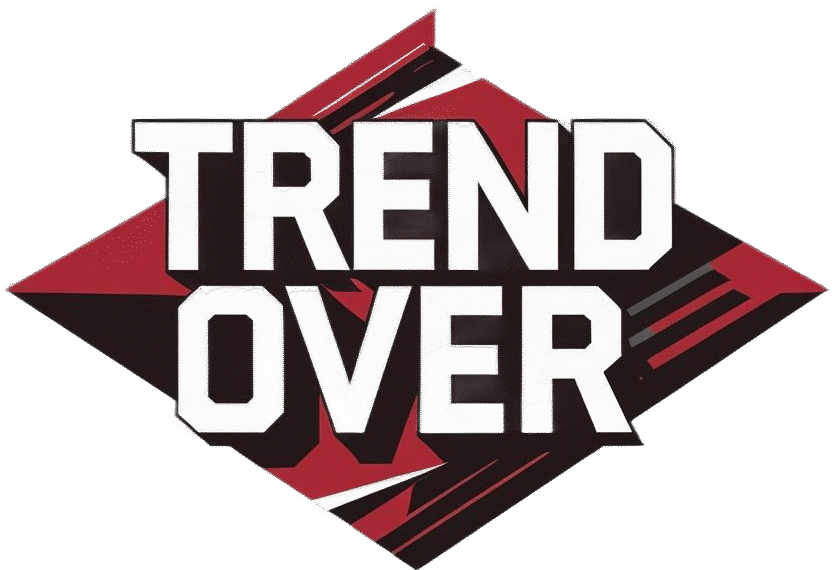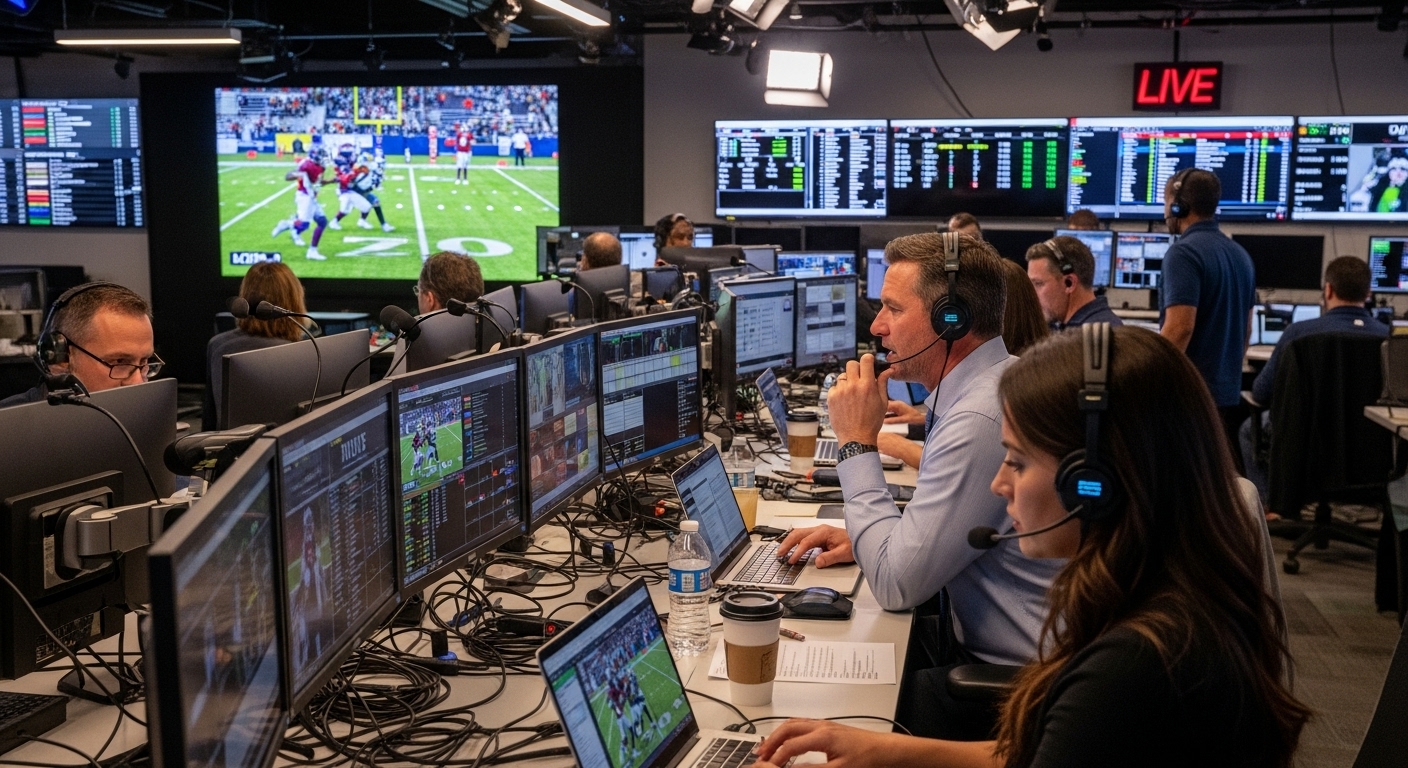Sport has always been more than just a competition played on fields, courts, and arenas. It is a reflection of culture, identity, and community. Yet the way we perceive athletes, teams, and entire sporting events is rarely shaped in isolation. Instead, our views are influenced and often constructed by sports media. From newspapers and television broadcasts to digital platforms and social media networks, sports media is the primary lens through which fans consume and interpret what happens in the world of athletics. The power of media is immense because it does not just report sport; it frames narratives, builds heroes and villains, fuels rivalries, and sets the agenda for discussion. Understanding how sports media shapes opinions is crucial in appreciating both the positive and negative impact it has on society and the sporting world.
The Evolution of Sports Media
The shaping of opinions by sports media cannot be understood without first looking at its evolution. In the early twentieth century, newspapers were the main source of sports information. Writers painted vivid pictures of games for readers who often could not watch events live. These written accounts were not always neutral; they were imbued with the biases and cultural values of their authors. Heroes were elevated, underdogs romanticized, and villains vilified in print long before television ever brought pictures to life.
The mid-twentieth century marked the rise of radio and television broadcasts, transforming how fans engaged with sport. Radio commentators brought live action into homes, often dramatizing events to keep listeners captivated. Television went further by giving fans images and replays, allowing personalities and emotions to take center stage. The media became more than a messenger; it became a powerful storyteller. Broadcasters framed games with pre-match narratives, post-match analysis, and endless commentary that shaped perceptions.
Today, the digital era has redefined the sports media landscape again. Social media platforms, online news outlets, podcasts, and streaming services have multiplied the voices covering sport. While this has democratized access, it has also intensified the influence of media by creating an environment where stories spread instantly, reactions form in real-time, and narratives shift at lightning speed. Across all these eras, one truth remains constant: media coverage is never passive. It actively constructs the way audiences perceive sports and athletes.
Creating Heroes and Villains
One of the most significant ways sports media shapes opinion is by creating heroes and villains. Through the lens of media, certain athletes are celebrated as icons while others are cast as controversial or unlikable. The language used, the footage highlighted, and the stories told all play into this narrative construction.
Consider the way Muhammad Ali was covered during his career. Early in his rise, many outlets painted him as arrogant and divisive due to his brash self-promotion and refusal to conform. Over time, as his career and activism matured, the media shifted the narrative, transforming him into one of the most celebrated figures in sporting history. Similarly, athletes like Cristiano Ronaldo or Serena Williams have been alternately framed as legends for their brilliance or criticized for perceived arrogance and outbursts. The difference lies not only in their behavior but in how the media chooses to spotlight it.
The creation of heroes and villains fuels fan engagement. Rivalries become more intense when media frames one team as noble underdogs and the other as dominant antagonists. The 1980 “Miracle on Ice” is remembered not only for the US hockey team’s victory but for how the media constructed it as a battle between democratic underdogs and a Soviet powerhouse. By choosing what narratives to amplify, sports media defines who fans cheer for, who they root against, and how history remembers events.
Influencing Public Opinion on Controversy
Sports is rarely free from controversy, and the role of media in shaping opinions during scandals, disputes, or political debates is profound. When an athlete is involved in misconduct, the media’s framing of the story often determines whether public opinion leans toward condemnation, forgiveness, or indifference.
Take for example doping scandals in cycling and athletics. Media coverage of Lance Armstrong’s career and eventual downfall is a case study in narrative reversal. For years he was celebrated as a cancer survivor and champion, with the media elevating him to heroic status. Once evidence of systematic doping emerged, the same media outlets quickly rebranded him as a symbol of deceit. The swiftness of this transformation shows the power of media in reshaping legacies.
Media coverage of social justice movements in sport also highlights its ability to polarize opinion. When Colin Kaepernick kneeled during the national anthem in protest against racial injustice, coverage varied dramatically depending on the outlet. Some framed him as a courageous activist, while others portrayed him as unpatriotic. Public opinion was deeply influenced by which media narratives individuals consumed, proving how coverage can divide audiences as much as it informs them.
Shaping Perceptions Through Commentary and Analysis
The influence of sports media is not limited to reporting events. Commentary and analysis shape the way audiences understand performance. Analysts and pundits provide interpretations of tactics, strategies, and decisions, and fans often adopt these interpretations as their own.
For example, a football manager’s strategy may be considered genius or disastrous depending on how it is analyzed in post-match discussions. Similarly, a boxer’s performance can be described as courageous or reckless based on the commentator’s perspective. Over time, repeated narratives shape an athlete’s reputation. A player consistently described as inconsistent or fragile may carry that label throughout their career, regardless of statistical evidence.
Commentary also adds drama and emotion. Legendary calls such as “Do you believe in miracles?” during the 1980 hockey upset or “Down goes Frazier!” in the Ali-Frazier fight become part of the story itself. Media voices frame how moments are remembered, turning sporting highlights into cultural touchstones.
The Role of Social Media in Modern Narratives
In the twenty-first century, social media has become the most powerful force in shaping sports opinions. Unlike traditional media, where narratives were controlled by journalists and broadcasters, social media gives athletes, teams, and fans a direct voice. Yet this democratization has not lessened the influence of media—it has amplified it.
Platforms like Twitter, Instagram, and TikTok provide instant reactions to events, often creating viral moments that overshadow the actual contest. A referee’s controversial decision can trend worldwide within minutes, shaping opinions before full details emerge. Hashtags, memes, and viral clips condense complex games into single defining moments, sometimes unfairly.
Athletes themselves now use social media to craft their own narratives, bypassing traditional media gatekeepers. LeBron James, for instance, has used platforms to advocate for social causes and respond directly to critics. Yet this also means that athletes are under constant scrutiny, with every post dissected by fans and commentators. Public opinion can shift in real-time, and athletes’ reputations are more vulnerable than ever to the speed and spread of digital media.
Economic Power and Media Narratives
The shaping of opinion by sports media is also driven by economic interests. Networks, publishers, and platforms thrive on engagement, and dramatic narratives generate higher viewership and revenue. As a result, coverage often emphasizes controversy, rivalries, and personalities over nuanced analysis.
For instance, boxing matches are often sold through the media hype of trash talk and personal grudges, even when the athletic contest itself may not warrant such drama. Similarly, the build-up to major football derbies or basketball finals is filled with narratives of historic grudges and personal clashes. This amplification is not accidental; it is designed to capture attention and maximize profit. The commercial motivations of media mean that fans are often consuming stories crafted as much for entertainment as for accuracy.
The Double-Edged Sword of Media Influence
While sports media can inspire, inform, and connect fans, its influence is not always positive. The pressure of constant coverage can take a toll on athletes’ mental health. Young stars elevated as heroes can quickly be torn down when they falter, creating cycles of hype and backlash. Misrepresentation or sensationalism can distort the reality of sporting events and perpetuate harmful stereotypes.
At the same time, media also has the power to drive positive change. Coverage of women’s sports, for example, has grown significantly in recent years, shifting perceptions about gender roles in athletics. Media attention to issues like racism, inequality, and abuse in sport has sparked important conversations and reforms. The influence of sports media is therefore not inherently good or bad—it depends on how responsibly it is exercised.
Conclusion: The Power of the Sporting Lens
Sports media does not simply tell us what happened; it tells us how to feel about what happened. It constructs the narratives that define careers, shape fan allegiances, and influence cultural conversations. From the pages of early newspapers to the instant updates of social media, the media has always been the filter through which sport is consumed and understood.
The shaping of opinion by sports media is a reminder of the symbiotic relationship between sport and storytelling. Without media, great matches and athletes might fade into obscurity. With media, they are immortalized, celebrated, debated, and sometimes criticized endlessly. As fans, we must recognize the power of this lens, questioning how narratives are framed and being aware of the biases that exist.
Ultimately, sport is a human drama, and media is the stage on which that drama is presented. Together, they create the passion, excitement, and debate that make sport one of the most powerful cultural forces in the world. The way sports media shapes opinions will continue to evolve, but its influence will always remain central to how we experience and remember the games we love.


